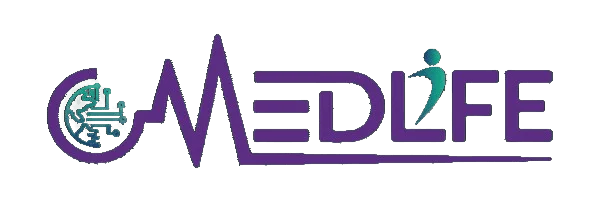In the healthcare industry, effective revenue cycle management (RCM) is crucial for maintaining financial health and ensuring the smooth operation of medical facilities. A vital component of this process is the accurate and timely issuance of patient statements. These statements inform patients about their financial responsibilities, significantly improving cash flow, reducing bad debt, and enhancing patient satisfaction. Here, we explore the pivotal role of patient statements in improving revenue cycle management.
Understanding Patient Statements
Patient statements are:
- Detailed bills sent to patients.
- Outlining the services provided.
- The costs incurred.
- Any insurance payments.
- The patient owes the remaining balance.
These statements are essential for transparent communication between healthcare providers and patients regarding financial matters.
Enhancing Cash Flow
Timely Billing and Clear Communication
One of the primary benefits of well-managed patient statements is the enhancement of cash flow. Timely and accurate billing ensures that patients receive their statements promptly, allowing them to make payments without unnecessary delays. Clear communication of charges and balances helps patients understand their financial obligations, reducing confusion and increasing the likelihood of prompt payment.
Automation and Technology
Integrating automation into the patient statement process can significantly improve efficiency. Automated systems can generate and send statements faster than manual processes, reducing the time lag between service delivery and billing. This quick turnaround is crucial for maintaining a steady cash flow.
Reducing Bad Debt
Proactive Patient Engagement
Patient statements are a proactive tool for engaging patients about their financial responsibilities. Regular, detailed statements help patients stay informed about their account status, reducing the chances of unpaid bills accumulating into bad debt. Healthcare providers can address payment issues early on by keeping patients in the loop.
Flexible Payment Options
Offering flexible payment options and clearly outlining them in patient statements can also reduce bad debt. Patients who know various payment plans or assistance programs are more likely to settle their accounts. This approach reduces the burden of bad debt on healthcare providers and fosters a positive relationship with patients.
Improving Patient Satisfaction
Transparency and Trust
Transparent billing practices, facilitated by clear and concise patient statements, build trust between patients and healthcare providers. When patients understand what they are being billed for and why, they are less likely to feel frustrated or mistrustful. This transparency enhances patient satisfaction and loyalty.
Streamlined Communication Channels
Patient statements that include contact information for billing inquiries and support can improve the patient experience. Providing easy access to customer service helps resolve any billing questions or issues promptly, improving patient satisfaction and the likelihood of timely payments.
Best Practices for Effective Patient Statements
- Clarity and Simplicity: Use straightforward language and an easy-to-read format. Avoid medical jargon and itemize services and charges.
- Timeliness: Send out patient statements promptly after services are rendered to keep the billing cycle short.
- Multiple Delivery Options: Offer electronic and paper statement options to accommodate patient preferences.
- Payment Options: List available payment methods and any financing options.
- Contact Information: Provide precise contact details for billing questions or disputes to facilitate quick resolution.
Conclusion
Effective patient statements are a cornerstone of successful revenue cycle management. By ensuring timely, clear, and transparent communication with patients about their financial responsibilities, healthcare providers can enhance cash flow, reduce bad debt, and improve overall patient satisfaction. Investing in automated systems and adopting best practices for patient statements can significantly streamline the billing process, making it a win-win for providers and patients.


